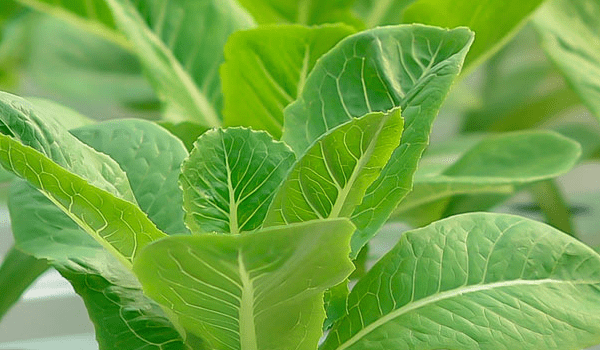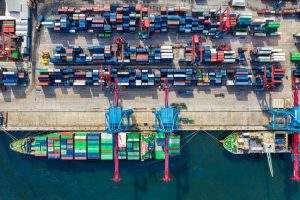|
Listen while working
Getting your Trinity Audio player ready...
|
Global food prices reached a six-year high in December and are likely to keep rising into 2021, adding pressure on households, while scarcity surges around the world. United Nations estimate of food prices has jumped 18% since May 2020, contributed by adverse weather, governmental measures to safeguard supplies and tough demand.
The FAO Food Price Index (FFPI) averaged 113.3 points in January 2021, 4.7 points (4.3 percent) higher than in December 2020, not only marking the eighth month of consecutive rise but also registering its highest monthly average since July 2014.

Cereal Price Index averaged 124.2 points in January, marking a sharp increase of 8.3 points (7.1 percent) from December. International maize prices increased significantly, surging by 11.2 percent in January, up 42.3 percent above their January 2020 level. Barley prices also increased in January, by 6.9 percent. Wheat prices also registered strong increases in January, up by 6.8 percent. Rice, robust demand from Asian and African buyers, combined with tight supplies, continued to prop up export prices in January.
Vegetable Oil Price Index averaged 138.8 points in January, up 7.7 points (or 5.8 percent) from December and marking the highest level since May 2012. The eighth consecutive monthly increase mainly reflected higher palm, soy and sunflower seed oil prices.
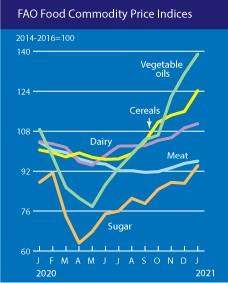
Dairy Price Index averaged 111.0 points in January, up 1.7 points (1.6 percent) from December 2020, rising for the eighth consecutive month and placing the index at 7.1 points (6.9 percent) above its value in the corresponding month last year.
Meat Price Index averaged 96.0 points in January, up 0.9 points (1.0 percent) from December 2020, marking the fourth consecutive monthly increase, but still down 7.6 points (7.3 percent) from the corresponding month last year.
Sugar price index averaged 94.2 points in January, up 7 points (8.1 percent) from December 2020 and reaching the highest level since May 2017.
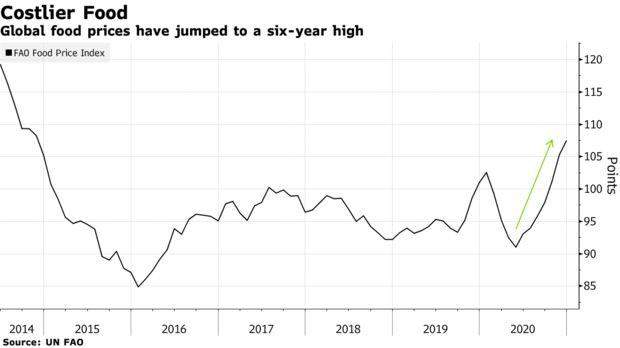
Factors contributing unstable prices
- Concerns over dryness in South America.
- Expectations of reduced sales by the Russian Federation from March 2021, when the wheat export duty will double.
- Palm oil production in both Indonesia and Malaysia turning out lower than earlier expected due to excessive rainfall.
- Reduced export availabilities and prolonged strikes in Argentina.
- Sharply reduced sunflower seed harvests for 2020-2021 harvest.
- China’s high purchases in the wake of the country’s upcoming New Year holiday festivities amid seasonally lower exportable supplies in New Zealand.
- Lagging production activities in Western Europe.
- Avian influenza outbreaks constrained poultry exports from several European countries
- Worsening crop prospects in the European Union, the Russian Federation and Thailand.
- Drier-than-normal weather conditions in South America.
- The COVID19 pandemic has uncovered the vulnerability of the world’s food supply chains. The logistic failure due to COVID19 and additional cost of transportation and storage is contributing adversely.
Governments around the world are taking action in confronting swelling domestic food prices, with stocking high volume purchases, resulting in global price hikes, with eventual reduction in supplies for international markets. The consequence is already evident primarily in prices of grains.
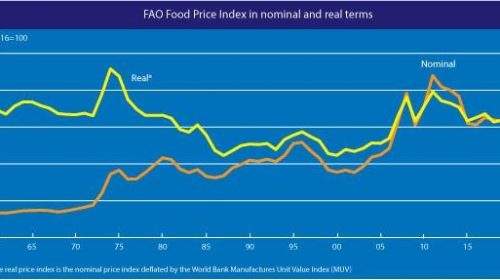
China is on top, building up stocks supplies mainly of grains, while many other countries are taking actions to control exports of basic commodities. Argentina has suspended sales of maize for export until Feb. 28. Russia is imposing taxes on exports of wheat, barley and maize.
People living in poverty around the world are in danger of food shortages as the coronavirus crisis continues, the UN’s food envoy has warned, with the risk worse this year than in the period shortly after the pandemic began. “Last year, many countries used whatever opportunity they had to keep their food systems going. That is more difficult now. Food prices have increased significantly in some places.”
Rapid phone surveys done by the World Bank in a 45 countries show a significant amount of people running out of food or reducing their consumption. Reduced calorie intake and compromised nutrition threaten gains in poverty reduction and health, and could have lasting impacts on the cognitive development of young children. The UN’s World Food Program (WFP) estimates that by the end of 2020 there were 272m acutely food insecure people in 79 countries, up from 149m at the end of 2019.
World Data Lab has developed a remarkable website which shows live data of people living in moderate to severe food insecure situation World Hunger Clock
Regional solutions to food security
A leader in this regard has been the Gulf Cooperation Council (GCC), which in April 2020 implemented an integrated food security network, as well developing a strategic food reserve and making investments in local agriculture. UAE has made considerable investments in agritech with anticipation of improving its agriculture and bringing in the latest technology to improve self-reliability in food. This includes a huge investment in vertical farming. Saudi Arabia, Kuwait and other countries in GCC are also taking preventive measures to provide their citizens relief and protection from the prevailing situation.
In Africa, the pandemic has called for greater attention to the benefits of regional unification and coordination. In June last year, for example, the African Development Bank launched the Feed Africa Response to COVID-19, a strategic roadmap to safeguard food security and create regional food self-sufficiency. Elsewhere, the pandemic has sped up the adoption of various measures associated with the African Continental Free Trade Area (AfCFTA), among them moves to establish more efficient and agile regional supply chains.
Latin America countries have also focused on regional integration as a way to address food security issues. In April 2020 a declaration was signed by 26 Latin American and Caribbean countries expressing their commitment to safeguarding the agriculture sector in the region.
Agriculture based countries like India, Pakistan, Bangladesh, Sri Lanka and other countries in region are all taking ample measures in enhancing their current infrastructure of producing and storing their main crops. The exports are being monitored in order to prevent illegal transport of grains and essential items across borders.
The COVID19 has essentially exposed many shortfalls in basic systems, extending from transportation to food and industry to labor. These shortfalls are being meticulously studied and newer and innovative methods and procedures are being developed in order to combat such conditions. It is not the responsibility of the governments, but each and every one has to contribute in order to survive and contribute to a better post COVID world.

